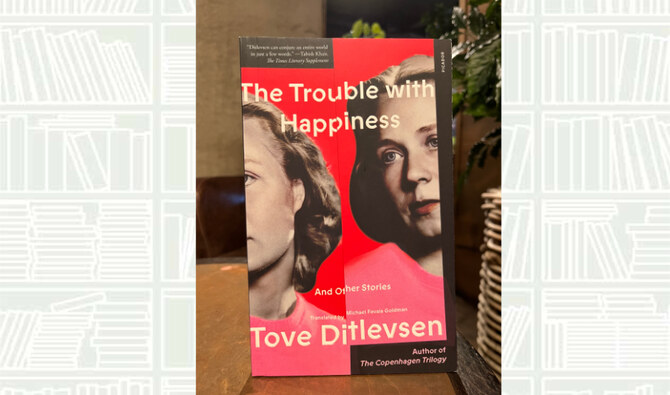Author: Tove Ditlevsen
I don’t often read fiction; real-life stories are much more interesting and usually compelling enough. However, Danish author Tove Ditlevsen’s work intrigued me. On a recent trip to Denmark, I picked up a copy of “The Trouble with Happiness and Other Stories” and spiraled into her dark world — in the most enlightening way.
A collection of short stories, each with its own moody and simple sensibility that oozes authenticity, the book is small but mighty. Known for her deeply psychological and slightly melancholic writing style, Ditlevsen brings us along for the lonely, disappointing, and often fleeting moments of happiness.
The book is aptly named.
Each story delves into the inner lives of regular people. Her chosen narratives of everyday women are a powerful exploration of human vulnerability and longing for connection. The writing is witty and drenched in emotional honesty. It is quite depressing at times, as the author indeed struggled with depression during her 59 years of life, before her death in 1976.
The version I read was translated by Michael Favala Goldman. Although I was unable to read it in its original form, this translated version allowed me to get a sense of who Ditlevsen was. Many of the stories in this book were published previously, in the 1950s and 60s, albeit in slightly different iterations, in prestigious publications such as The New Yorker, Apple Valley Review and Hunger Mountain Review. But to have them contained in one book was powerful, and I had a hard time putting it down.
In “The Cat,” Ditlevsen plainly writes about ordinary people and places but infuses the mundane with her poetic sense: “They sat across from one another on the train, and there was nothing special about either of them.”
She continues: “They weren’t the kind of people your eyes would land on if you tired of staring at the usual scenery, which appears to rush toward the train from a distance and then stand still for a second, creating a calm picture of soft green curves and little houses and gardens, whose leaves vibrate and turn grayish in the smoke streaming back from the train, like a long billowing pennant.”
The stories are short and sharp, cutting you in a way a knife cannot.


























